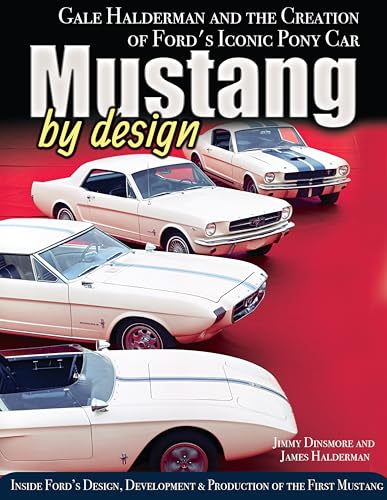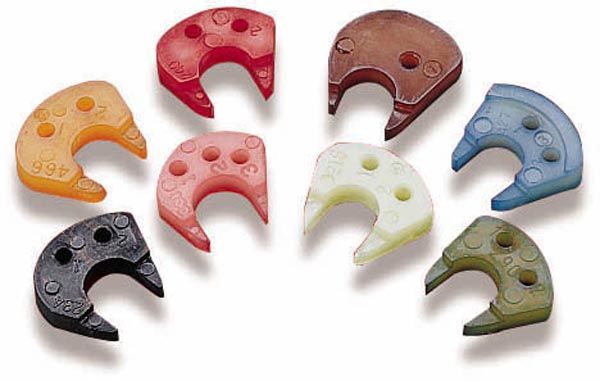Tougher to do right with OEM non-adjustable "shoe" rocker. You will need a appropriate dial indicator set up, and know what the proper preload for the lifters you are using is. It varies somewhat from vendor to vendor. Basically with the lifter on the base circle (lowest place) and the pushrod in place, at zero lash, the dial indicator on the pushrod side of the rocker at the oil hole and parallel to the pushrod, tighten the bolt to spec. while looking to see how much the dial indicator moves. Compare that to the pre-load value desired. If it is significantly out of spec., too deep/too long, do the math to determine how much too long. Check one intake and one exhaust. If it is about .015 to about .050 too long you may be able to use rectangular shims between the bottom of the fulcrum and the pedestal on the head. The option is a shorter pushrod. If the pushrod is too short (I don't see that in your case, unless they were changed?), a longer pushrod is the only realistic solution. The common pushrods come in .050 length increments($). The not so common ones can be anything you want ($$).
Here is one alternative process from Comp Cams.
"Setting Hydraulic Lifter Pre-load (Non-Adjustable Valve Train)
COMP Cams® recommends using an adjustable pushrod to check the pre-load . Typically, only one cylinder needs to be checked in this process . After applying lube, install the adjustable pushrods and assemble the valve train . Using the same procedure mentioned earlier, adjust the intake and exhaust valves to zero lash by changing the length of the adjustable pushrod for precise fitment. Order a pushrod that is .020"- .070" longer than the pushrod length at zero lash to ensure the proper pre-load."
Ask the "mechanic" how much the heads were milled (have they been milled before?) what the installed spring heights are, and what procedure was used to break-in the cam and lifters. Then tell him the symptoms and ask how he proposes to resolve the problem.
Remote starter switch to turn the engine using the starter (key off).
http://www.autozone.com/autozone/accessories/Tools-Garage-and-Equipment/Remote-Starter-Switch/_/N-25eo
The "mechanic" should be doing this. Pull the valve covers, key off, rotate the engine to see if some of the rockers never have the slack taken up. If so, I doubt it is good news. Next step is pull the intake to inspect the lifters and cam lobe surfaces
One example of break-in procedure.
http://www.cranecams.com/uploads/breakin/548e.pdf
I hope it all works out. Chuck




















































